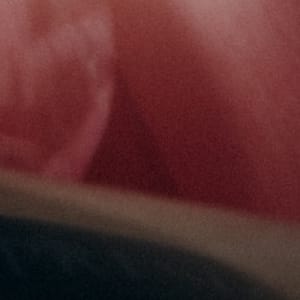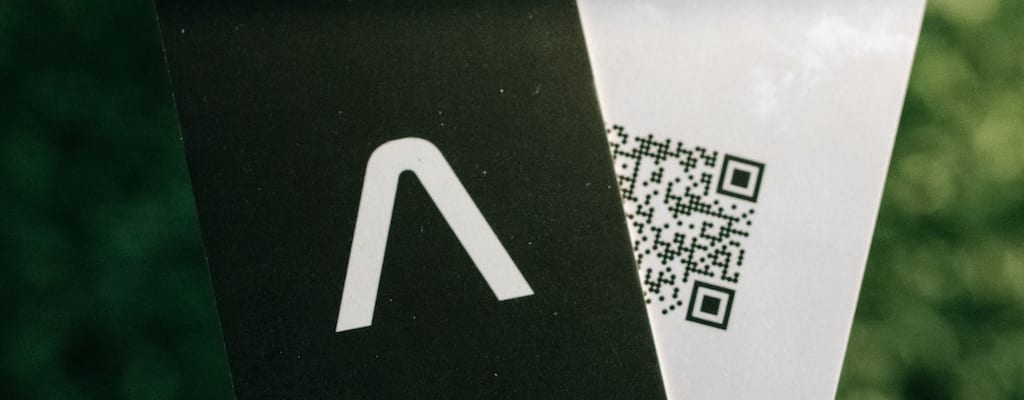pretty pictures: Idiom Meaning and Origin
What does ‘pretty pictures’ mean?
The idiom "pretty pictures" refers to visually appealing and attractive images or photographs. It is often used to describe something that looks nice or pleasing to the eye but lacks substance or depth.

Idiom Explorer
The idiom "sight to behold" describes something or someone that is exceptionally beautiful or impressive to see.
The idiom "seeing is believing" means that someone is more likely to believe something when they see it with their own eyes, rather than simply hearing about it or being told about it by someone else.
The idiom "pretty penny" means a significant or large amount of money. It is often used to emphasize the high cost or value of something.
The idiom "pretty penny" is used to describe something that is expensive or costs a great deal of money. It is often used in the context of making a purchase or spending a significant amount of money on something.
"Picture-perfect" is an idiom that means something is flawless or ideal, resembling a perfect image or picture. It is often used to describe a scene, setting, or moment that is visually stunning and without any flaws or imperfections.
The idiom *pen picture* is used to describe a vivid and detailed description or portrayal of someone or something, as if it were a picture drawn with a pen. It emphasizes the use of words to create a visual representation.
The idiom "pearly whites" refers to a person's teeth, specifically when they are clean, white, and attractive. It is often used to describe a person's smile or dental appearance.
The idiom "pearly whites" refers to teeth that are healthy, clean, and bright, resembling the appearance of pearls. It is a positive expression used to compliment someone's dental hygiene or their radiant smile.
The idiom "peaches and cream" refers to something that appears to be perfect, flawless, or ideal.
Deciphering Imagery
The idiom "pretty pictures" is a commonly used phrase in English. It is often used in a figurative sense, derived from the literal meaning of the words. When someone uses the idiom "pretty pictures," they are typically referring to something that appears visually attractive or pleasing. However, the idiom also conveys the idea that appearances can be deceptive.
This idiom is commonly used in discussions about art, photography, or advertising, where the focus is on the visual aspects and the impression it creates. Whether it's a painting, a photograph, or an advertisement, people often use the idiom "pretty pictures" to describe something that looks appealing on the surface.
It is important to note that the idiom's origin or specific etymology is unclear. The usage of the idiom can vary depending on the speaker and the specific situation. While it is widely recognized and understood by English speakers, the idiom has been in use for an unknown period of time.
The idiom "pretty pictures" serves as a reminder that appearances can be deceiving. It cautions us not to solely judge something based on its outward appearance, as what may seem visually pleasing may not always possess the substance or quality that we expect. This idea is also captured in the idiom "picture-perfect."
"Picture-perfect" is another idiom that is related to "pretty pictures." When we say something is "picture-perfect," we mean that it looks exactly as it should, like a perfect image captured in a photograph. It implies that every detail is flawless and visually appealing. "Picture-perfect" is often used to describe scenes, settings, or even people who embody an idealized version of beauty or perfection. Just like "pretty pictures," "picture-perfect" highlights the importance of visual appeal.
Despite its seemingly straightforward meaning, the idiom "pretty pictures" also leaves room for interpretation. It invites us to consider the possibilities beyond the surface level and prompts us to question the authenticity of what we see. In a world where we are often bombarded with carefully curated images and presentations, the idiom "pretty pictures" reminds us to look beyond the aesthetics and seek deeper meaning. This concept is further reinforced by the idiom "easy on the eye."
When we say something is "easy on the eye," we are emphasizing its visual appeal and how pleasant it is to look at. The idiom suggests that the sight of something brings us comfort or joy. Like "pretty pictures," "easy on the eye" focuses on the visual aspect, but it goes beyond mere attractiveness. It suggests that the visual experience is enjoyable and does not require much effort or thought. With "easy on the eye," there is a sense of instant gratification and pleasure derived from the visual appearance.
Both "picture-perfect" and "easy on the eye" offer additional perspectives to the idiom "pretty pictures." While "pretty pictures" emphasizes visual attractiveness and the potential for deception, "picture-perfect" highlights an idealized version of beauty or perfection, and "easy on the eye" emphasizes the immediate pleasure derived from the visual experience. These idioms all contribute to our understanding of the significance and complexity of visual aesthetics and how they impact our perceptions and judgments.
Example usage
Examples of how the idiom pretty pictures can be used in a sentence:
- She loves browsing through photography books and looking at all the pretty pictures.
- The presenter used a slideshow with plenty of pretty pictures to engage the audience.
- Despite the complex subject matter, the teacher used visual aids and pretty pictures to help the students understand.
More "Visual" idioms

